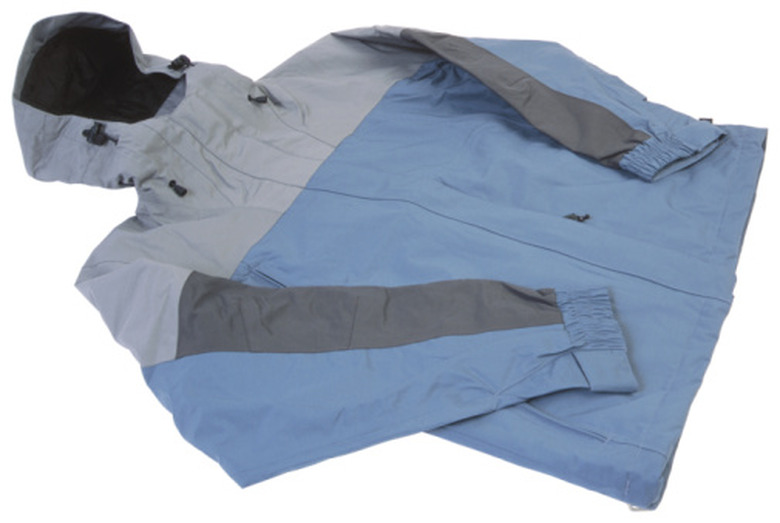Facts About Nylon
Nylon is the name given to a group of synthetic polymers known as polyamides. Nylon is one of the polymers most commonly used in modern times. Its first commercial use was in the production of toothbrush bristles in 1938, and since then nylon has become an increasingly common and valuable part of our daily lives. Nylons are assigned names with numerical suffixes. These suffixes indicate the quantity of carbons.
Origin
Origin
The first production of nylon occurred in 1935. It was made by a man named Wallace Hume Carothers, an organic chemist who was working at a DuPont company research location. This discovery came about when Carothers was attempting to find a synthetic fiber that could replace silk. After his death, the DuPont corporation named the research station after Carothers.
Characteristics
Characteristics
Nylon is strong and lightweight. The fibers that makeup nylon are non-absorbent and smooth, causing items that are constructed of this fiber to dry quickly. Nylon resists dirt well and it does not become weakened by chemicals or sweat. High temperatures are able to melt nylon. Because of this fact, when ironing items made of nylon you should set your iron at a low setting and turn the item over onto the wrong side.
Nylon 6,6
Nylon 6,6
Nylon 6,6 is one of the most common formulas of nylon in production. This variation consists of hexamethylene diamine, six carbon atoms and adipic acid. Nylon 6,6 has the characteristics of sunlight resistance, a high melting point, excellent colorfastness and superior abrasion resistance.
Nylon 6
Nylon 6
Nylon 6 is the other very common formula or nylon production. It is easy to dye, has higher impact resistance, and quick moisture absorption. Nylon 6 also has increased elasticity and elastic recovery features.
Uses
Uses
When it was first invented, nylon was used to make the bristles for toothbrushes. It also began to replace silk as an ingredient in military items like flak vests, parachutes and in vehicle tires. Today, nylon is used in the production of home and commercial carpeting. It can also be found in various clothing items, strings for musical instruments and bridal veils. Nylon in its solid form is used to make machine screws, gears and machinery components that were previously cast in metal. There is another grade of nylon used in engineering that is used for casting, extrusion and injection molding.
Future
Future
The simple maintenance, color retention properties, wear-ability and low cost of nylon make it a fiber with a great likelihood of remaining in production and use.
Cite This Article
MLA
Wilson, Charmiane. "Facts About Nylon" sciencing.com, https://www.sciencing.com/nylon-8618074/. 24 April 2017.
APA
Wilson, Charmiane. (2017, April 24). Facts About Nylon. sciencing.com. Retrieved from https://www.sciencing.com/nylon-8618074/
Chicago
Wilson, Charmiane. Facts About Nylon last modified March 24, 2022. https://www.sciencing.com/nylon-8618074/
